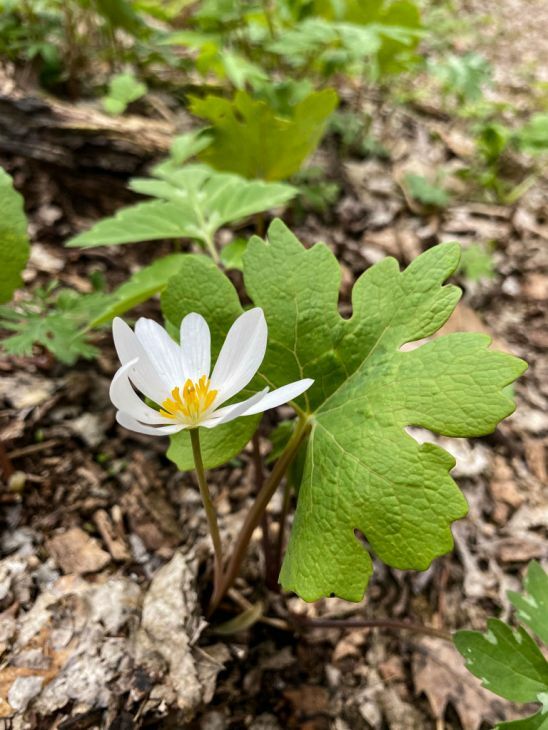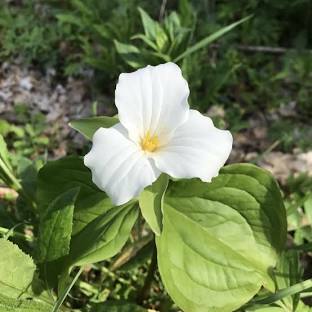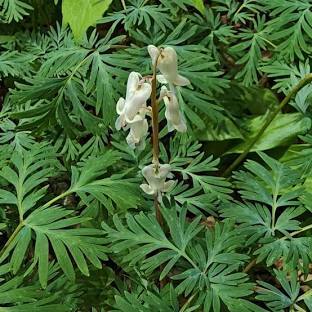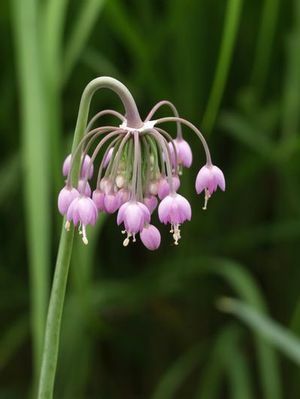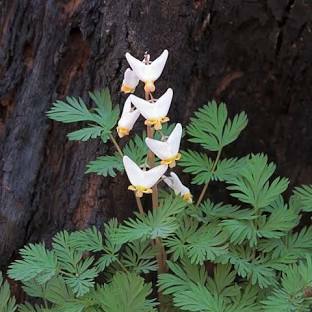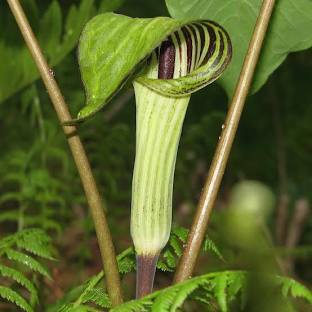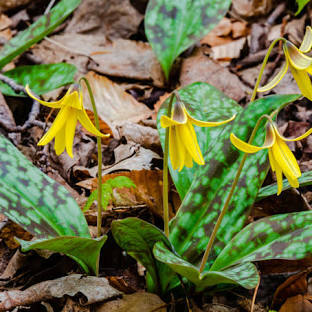Gardeners know that the fall is the time to plant bulbs for a spring display. Given the trend of planting native species, I wondered if there were any bulbs native to New York State.
I asked a few plant experts and did some quick research online only to discover that daffodils, tulips, lilies, amaryllis, and hyacinths are all true bulbs. Onions and garlic are also bulbs. I wondered how crocus and colchicum were left off the list? Then the words “bulbous perennial” and “bulblet” started showing up in my search, along with “rhizomatous bulb”, “corm,” and “rhizomatous roots”. All these “bulb-like” plants are grouped under the umbrella term, geophyte.
The category “geophyte" includes perennial plants with underground food storage organs. These storage organs can be swollen stems, roots, or corms. Shoots spring out of these organs to develop the part of the plant that we see growing above ground. A true bulb, however, is divided into layers (think of an onion), including a papery outer layer. All of the plant parts are layered within the bulb and basically unfold into a plant.
So are there any “bulbs” native to New York State? There are certainly some wonderful geophytes, usually available from specialty nurseries.
Erythronium americanum (trout lily). Some say it’s a bulb plant, others a corm, based on the dog tooth shaped mini-bulb that forms at the base of its roots. This geophyte is an important pollen food source for native bees in early spring. The trout lily spreads forming a colony and takes several years to develop a flower and two leaves. Some colonies are said to be over 200 years old.
Arisaema triphyllum (Jack in the pulpit). This shade loving plant is always a delight when found in a healthy moist woodland or floodplain habitat. If one were to plant it at home, it would need plenty of shade and rich soil with a slightly acidic pH. It will also need fungus gnats, which are tricked and lured to the male and female flowers by scent in hopes of inducing pollination.
Dicentra cucullaria and Dicentra canadensis (Dutchman’s breeches and squirrel corn). Both of these Dicentra plants can be found locally in shady hardwood forests. Early spring ephemerals, these plants will grow, bloom, develop seed, and die back within a very short period of time. Their blooms often coincide with forsythia. Not a favorite food source of wildlife, both plants are pollinated by bumble bees, and their seeds are dispersed by ants. If given the right environment, they will naturalize. Dicentra canadensis is listed as endangered in New Jersey and threatened in Connecticut, Maine, and New Hampshire.
Allium cernuum (nodding onion). This geophyte is classified as a true bulb and is native to New York State, along with a few other onions such as Allium tricoccum, the coveted wild ramps. The nodding onion is in the Liliacea family and has a pretty white or pink flower that nods when blooming. Unlike the previous plants mentioned, nodding onion prefers sun and blooms in summer. The onion attracts pollinators such as honeybees, hummingbirds, and butterflies and is pollinated by our native bees. It’s also deer resistant.
Other geophytes such as Trillium grandiflora (white trillium) and Sanguinaria canadensis (bloodroot) grow from rhizomatous bulbs and roots. Both are common in the Adirondacks but not native to New York State.
For any of these species of geophytes, planting in fall while the soil is still warm is a good way to ensure the plants remain dormant while still allowing time for their roots to establish before spring.
Click on the photos below to see the plant name.

